#industrial history
Text


My first zine Repeating pattern is now out on Gumroad !
It's a collage of photos, hand drawn patterns and an essay I wrote about my thoughts on the history of industrial pattern design in Finland and Estonia (Particularly in Forssa and Narva). It also includes a tutorial on how to make your own repeating patterns by hand.
I plan to keep making zines on the subjects that interest me - city gardening, weaving, plant dyes... I had so much fun making this one!
64 notes
·
View notes
Text

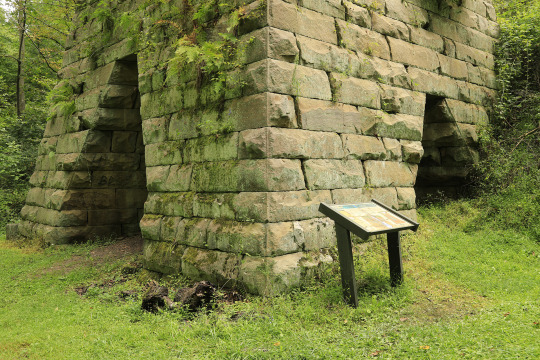


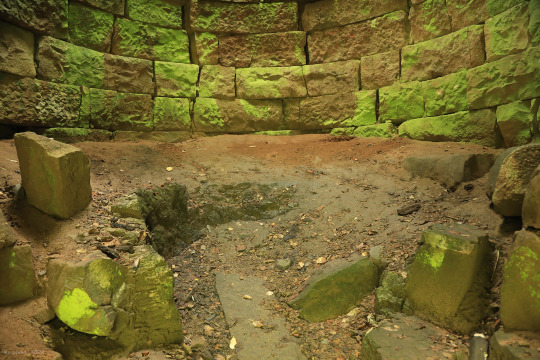
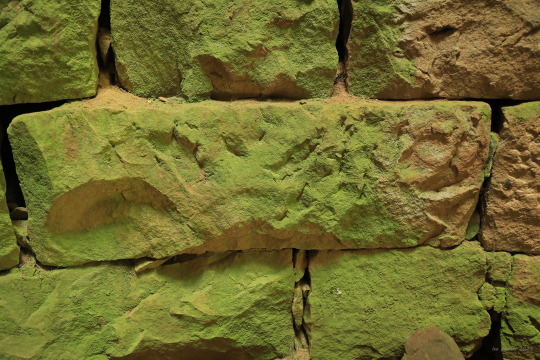
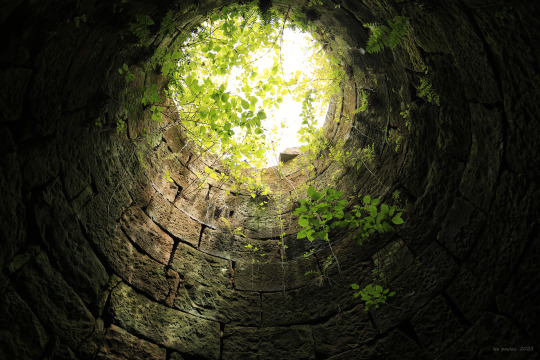

The Virginia iron furnace near Albright, West Virginia is one of a handful of water-powered blast furnaces still standing; they were constructed to smelt pig iron, a key ingredient in steel, in the early days of America's industrial area. Iron ore and limestone from the local mountains were poured onto burning charcoal from the top of the furnace, and molten iron ran out the bottom. The temperature of the charcoal was maintained by a bellows powered by a waterwheel, which was turned by water diverted from adjacent Muddy Creek. Built in 1854, the furnace ran until the end of the 19th Century, and was eventually acquired and preserved by the Daughters of the American Revolution. The structure has since been added to the National Register of Historic Places. In addition to its historical significance and beautiful setting next to Muddy Creek, the furnace also apparently serves as a clandestine meeting place for those seeking a more personal form of recreation (seriously, people will do it anywhere).
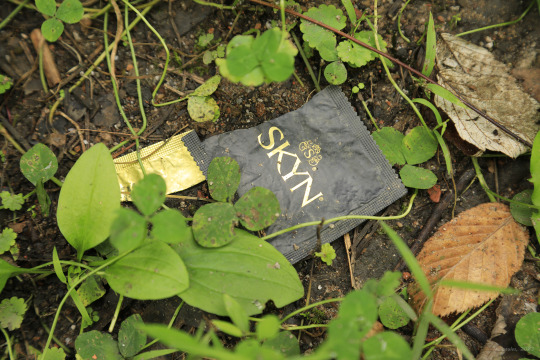
#appalachia#vandalia#west virginia#iron furnace#iron ore#pig iron#preston county#muddy creek#cheat river#industrial history#human history#smelting#virginia iron furnace#national register of historic places#daughters of the american revolution
73 notes
·
View notes
Text

Detail from an abandoned textile factory in the town of Forst, Germany.
#abandoned#urbexphotography#urbexworld#texture#industrial#decay#lost places#urbex#found art#moody aesthetic#moodyphotography#grime#beauty in decay#hidden beauty#urbex photography#industrial history#abandoned factory#photographers on tumblr#original photographers#original photography blog
53 notes
·
View notes
Text
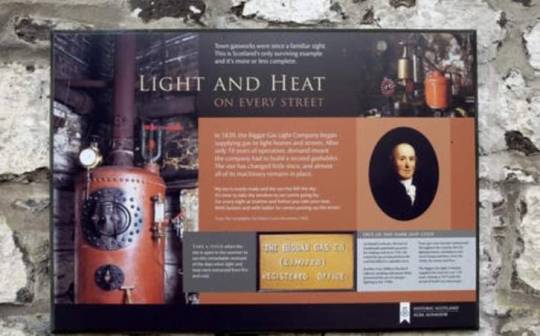


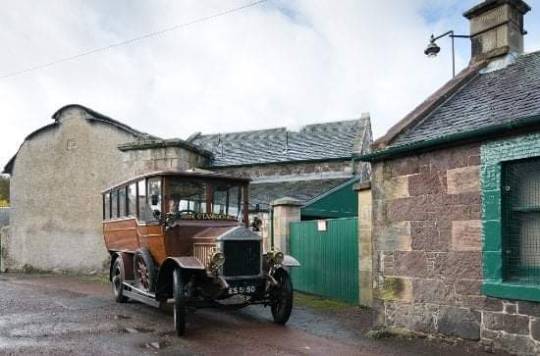
On January 4th 1973 Biggar Gasworks ceased production, eventually becoming a museum.
For more than 130 years, from 1839, Biggar Gasworks made coal gas for the town and surrounding district. It was one of the first small-town gasworks to open in Scotland, and among the last to close, hence I am including it in our anniversaries.
In the 1780s, Archibald Cochrane 9th Earl of Dundonald, came across coal gas while heating coal to obtain tar, for use in preserving ships’ timbers. He was able to use this ‘waste product’ to light some rooms in his home at Culross, Fife.
Experimenting with coal gas was one thing. Solving the technical and commercial problems of creating a large-scale industry was an entirely different matter. Step forward another Scot, William Murdoch/Murdock, from Ayrshire. In 1806, while working for the Boulton & Watt Company, he designed the first large-scale installation, at a Manchester cotton mill. Murdock was a brilliant Scottish engineer and inventor. He probably doesn't get the recognition he deserves, do a search for him for more info.
In 1812, Friedrich Winzer, a German, established the world’s first public gas undertaking, in London. By 1815, the Chartered Gas Light & Coke Company had laid 26 miles of gas pipe. Glasgow got its first supply in 1817, Edinburgh in 1818. Biggar was among the first small towns to convert to gas, in 1839, the year Murdoch died.
Biggar Gasworks is remarkably complete – even the coal barrows and shovels remain. Buildings and equipment have been renewed and replaced over the years, but almost everything is in place.
The retort house, where the town gas was manufactured, was built in 1839 is the oldest building on site. It was stripped of its coal-fired retorts in 1914 and ended up as the coal store. (At that time, the gasman was using 400 tons of coal per year to serve 320 consumers and power more than 100 street lights.) A new retort house, complete with purifying equipment, replaced the old one.
The building that now contains the visitor centre and display was put up in 1858 to house the gasman and his family. John Ramsay, from Carluke, was the first tenant.
The two gas holders originally installed in 1858 and 1879 were rebuilt in 1918 and 1939 respectively.
It is the only preserved gasworks left in Scotland.
21 notes
·
View notes
Text
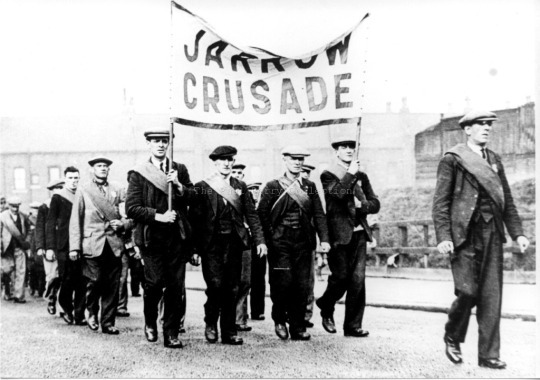
Areas that relied largely upon heavy industry, like the Northeast of England, were hit particularly hard by the Great Depression. On the southern bank of the River Tyne, Jarrow was just one of many industrial communities ravaged by unemployment, poverty, disease and starvation in the 1930s. Meanwhile, the National Coalition Government under Conservative Prime Minister, Stanley Baldwin, appeared to be looking the other way.
'One Nation' Conservatism had seen Baldwin steer the Tory ideology toward a much more compassionate, inclusive and interventionist position, at least in theory. Nineteenth Century Prime Minister Benjamin Disraeli had contended that the divide between rich and poor had rendered Britain 'two nations', between which there was 'no intercourse and no sympathy'.
In a speech in 1924, Baldwin said;
"…We stand for the union of those two nations of which Disraeli spoke two generations ago: union among our own people to make one nation of our own people at home which, if secured, nothing else matters in the world..."
According to Conservative Historian, Lord Alistair Lexden;
"…Tory policy was reshaped to advance the cause of 'One Nation'. Social reform became the Party’s dominant preoccupation for the first time in its history. The Conservative Party, Baldwin declared at the 1929 election, regards the prosperity of trade and industry, not as an end in itself, but as a means to improve the condition of the people…"
In 1986, a Jarrow resident during this period recalled to the BBC;
"…Pathetic. The Jarrow of those days was a filthy, dirty, fallen down consumptive area in which the infantile death rate was the highest in the country, and TB was a general condition…"
Jarrow Labour MP Ellen Wilkinson later wrote;
"…There was no work. No one had a job except a few railwaymen, officials, the workers in the co-operative stores, and a few workmen who went out of the town…The plain fact is that if people have to live and bear and bring up their children in bad houses on too little food, their resistance to disease is lowered and they die before they should…"
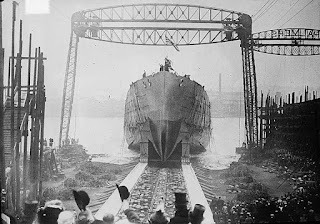
Palmer’s Shipyard, the principal source of employment since 1851, had closed down in 1934. Government unemployment benefits in those days lasted six months, after which responsibility was handed to the Unemployment Assistance Board, from which any tangible support was difficult to access and ultimately far from adequate. Eligibility was also subject to the controversial Means Test, first introduced in 1931. This meant that the combined wages and assets of all members of the household were taken into account when deciding whether or not individual unemployment relief should be forthcoming. In the context of the time, this was particularly humiliating for unemployed men who saw it as their duty to be the family provider.
Facing indifference from Westminster, the local Borough Council initiated a non-partisan campaign to try to bring employment, in the form of a new steelworks, back to the area. Two hundred unemployed men, selected from a pool of around 1400 volunteers, would march more than 280 miles to London to petition the government to establish new industries.
The marchers set off at 11 am on October 5th, 1936. As The Manchester Guardian reported, it wasn’t a hunger march, but a protest march. This was an important distinction in the context of the time, as the hunger march movement was seen as a communist initiative, one short step away from revolution, and a movement from which the mainstream Labour Party was keen to keep its distance. The Guardian also pointed out that at that time, less than 15% of the eligible Jarrow workforce was actually in work.
The Manchester Guardian;
"…There is no political aspect to this march. It is simply the town of Jarrow saying send us work. In the ranks of the marchers are Labour men, Liberals, Tories, and one or two Communists, but you cannot tell who's who..."
"...With the marchers goes, prominently carried, the Jarrow petition for work, a huge book with about 12,000 signatures, which Miss Ellen Wilkinson, MP for Jarrow, is to present at the bar of the House of Commons on November 4th..."
One marcher later recalled to the BBC, in 1977;
"…The spirit of the men was such that we were expecting something. We were expecting to prove to the capital, at that time, that here’s men from Jarrow. The spirit they had shown all the way down…Here we are, we want work and we are going to put our case that we must have work for the benefit of our wives and children…"
The marchers reached London by the end of October. A rally was held in Hyde Park, followed subsequently by the official presentation of the petition to Parliament by Ellen Wilkinson MP. The government remained unmoved, and there proved to be little or no immediate effect on economic or industrial policy. The men returned home by train, courtesy of donated tickets.
According to the UK National Archives;
"...To add insult to injury, the Unemployment Assistance Board officials in Jarrow docked the dole of the marchers because they had not been available for work. After the Jarrow March the Cabinet resolved to convince organisers that marches were unhelpful and caused unnecessary hardship to those taking part..."
Other reports suggest that the Cabinet's attitude was more about deterring any future protest marches, rather than concern for the marchers' welfare. Even the Labour Party itself was, at best, lukewarm in its support. Ellen Wilkinson had addressed their Edinburgh conference on the issue of Jarrow, but had found the agenda dominated by discussions of the Spanish Civil War and issues surrounding rearmament. There was even criticism of the idea of the march itself, and the physical burden it placed on unemployed and starving men.

Marcher Sam Rowland suggested that while the majority of politicians seemed unconcerned, public opinion was markedly different;
"…If the march achieved anything…it made the condition and lives of people a factor that should always be brought into consideration at the top level… and not left to work out their own salvation…"
The Guardian, BBC News and multiple other sources name the last surviving Jarrow Marcher as Con Shiels, who died in 2012, and who had felt that the march had made 'not one hap’orth of difference'.
For some additional context on this, @robbielewis has a fascinating article on Con Whalen, who passed away in 2003. He was the last surviving marcher who had completed the march in its entirety.

https://www.tumblr.com/robbielewis/716998502772785152/cornelius-whalen-the-last-jarrow-marcher?source=share
The next general election was held nearly a decade later, in 1945, as World War Two was coming to an end. Memories of the Depression era National Government and the desperate times of the interwar years would be a key factor in the landslide victory for the Labour Party.
References include BBC News, Liverpool Echo, Manchester Guardian archives, Spartacus Educational, Lord Lexden (Official Historian of the Conservative Party) (Website), BBC Radio 4 - Great Lives (Ellen Wilkinson), BBC Witness -The Great Depression and The Jarrow March, BBC History-Referencing Ellen Wilkinson’s The Town that was Murdered
#social history#uk politics#working class history#social justice#uk government#human rights#history#jarrow march#industrial history#industrial heritage#uk history#british culture#jarrow crusade#tyneside
36 notes
·
View notes
Text
Hello from Centralia, where the graffitists have adopted a "nuff said" artistic mode.
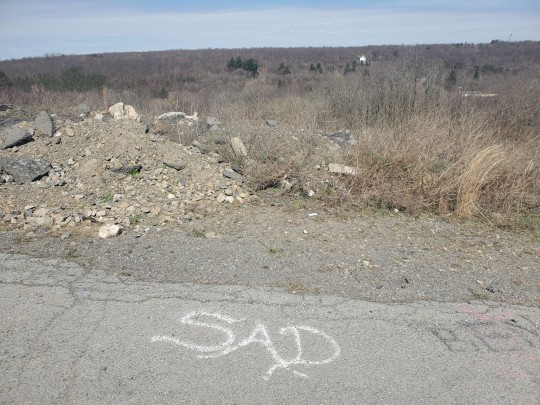
8 notes
·
View notes
Photo



deutz-mülheimer straße // köln mülheim
I
industrial cultural heritage embedded in a desert of emptiness. the klöckner-humboldt-deutz complex continues to lie abandoned and unused, decaying away.
an awakening from its slumber is uncertain. so many uses for the benefit of all would be feasible, but people prefer to sacrifice to filthy lucre.
film: kodak ultramax 400
#kodak#kodak ultramax 400#köln#köln mülheim#cologne#nrw#rhineland#klöckner humboldt deutz#35mm#canon#canon a1#history#architecture#architecture photography#urban#urban photography#design#photography#industrial history#color film#analog photography
47 notes
·
View notes
Text
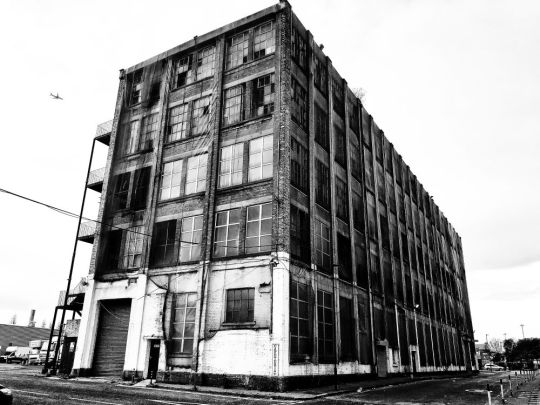
Industrial history. South London, January 2024.
#black and white photography#city photography#deindustrialization#industrial history#london#original photographers#photographers on tumblr#photography#south east london#south london#urban photography
11 notes
·
View notes
Text

One of Glasgow’s famous house-end murals. This one, by Artist Mark Worst, shows St Thenue, now more commonly known as St Enoch, the mother of St Mungo, Glasgow’s patron saint. The mural is just off London Road facing up Abercromby street in Bridgeton.
The mural Illustrates St Thenue being guided across the Firth of Forth by a shoal of trout. The patterned shawl she wears features 29 motifs - a tribute to the 29 East End women who died in the 1889 Templeton factory disaster in which a wall collapsed onto a weaving shed.
15 notes
·
View notes
Photo
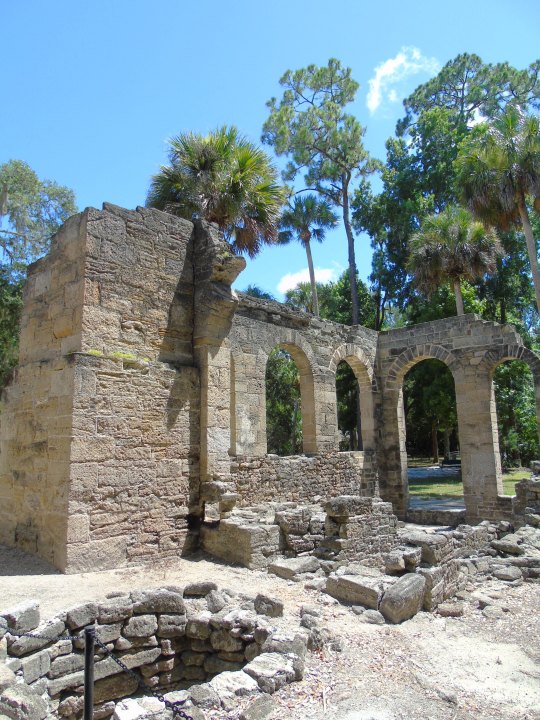
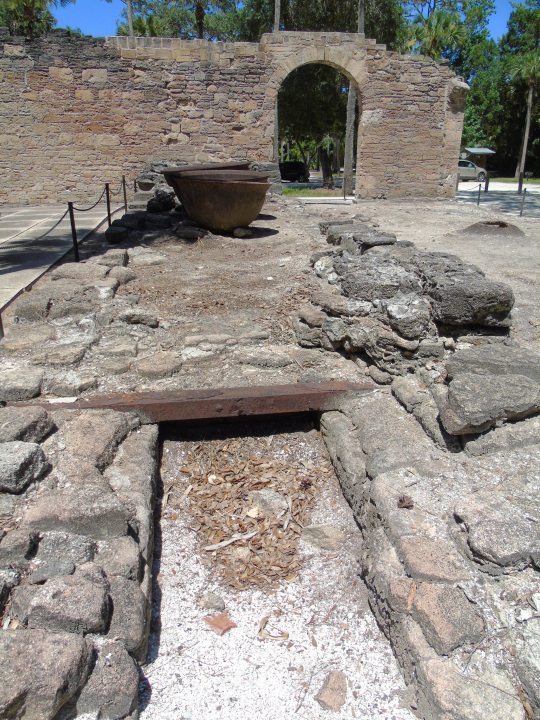

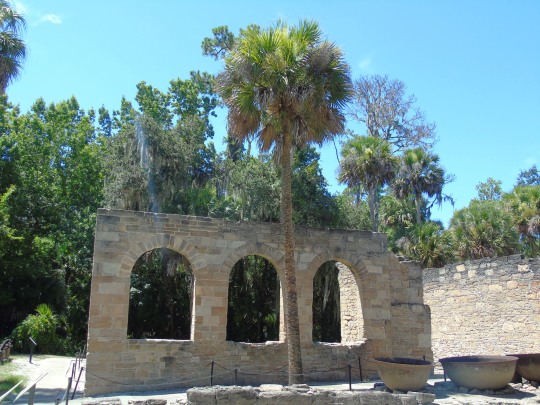
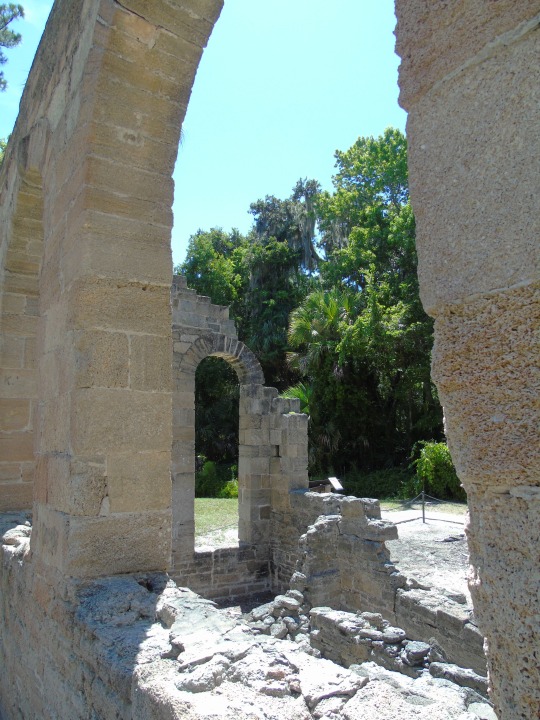





The New Smyrna Sugar Mill Ruins (also known as the Cruger and DePeyster Sugar Mill) was added to the U.S.National Register of Historic Places on August 12, 1970.
#New Smyrna Sugar Mill Ruins#Cruger and DePeyster Sugar Mill#Florida#USA#New Smyrna Beach#Volusia County#tourist attraction#landmark#U.S.National Register of Historic Places#12 August 1970#free admission#landscape#industrial history#anniversary#US history#natur#flora#palm tree#summer 2016#original photography#Southeastern Region#travel#vacation
3 notes
·
View notes
Text


Abandoned Kreenholm textile factory II 2023
26 notes
·
View notes
Photo
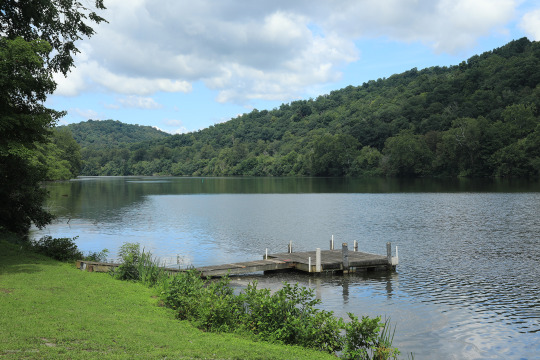





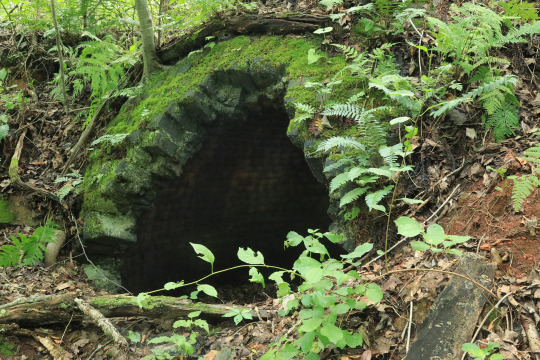



Above are a few photos from a long, mid-summer bike ride on the Mon River Trail yesterday. My destination was the historic beehive coke ovens at mile marker 22, where one of the most elusive and delicate of Appalachia’s terrestrial orchids, cranefly orchid (Tipularia discolor), blooms this time of year. This colonizing perennial has one of the most fascinating life-cycles in the plant kingdom. Hairy leafcup (Smallanthus uvedalia), also known as bear’s foot due to its enormous, lobed leaves, is another great summer wildflower. This perennial’s massive blooms arguably draw even more pollinators than those of milkweed.
From top: American bellflower (Campanula americana), a tall, graceful lover of shady woodland edges; an arrowhead orb weaver (Verrucosa arenata), enjoying an early brunch from her delicately-spun web; an eastern tiger swallowtail (Papilio glaucus) taking a sip of sweet nectar from hairy leafcup; the bright yellow flowerheads of hairy leafcup, which draw a steady stream of pollinators; historic beehive coke ovens, crucial to fueling the iron and steel industry in the late nineteenth century; and the delicate, drooping flowers of cranefly orchid, also known as crippled cranefly orchid.
#appalachia#vandalia#west virginia#summer#wildflowers#flora#orchidaceae#beehive coke oven#industrial history#human history#mon river trail#tipularia discolor#cranefly orchid#crippled cranefly orchid#smallanthus uvedalia#hairy leafcup#bear's foot#campanula americana#american bellflower#verrucosa arenata#arrowhead orb weaver#eastern tiger swallowtail#papilio glaucus
41 notes
·
View notes
Photo
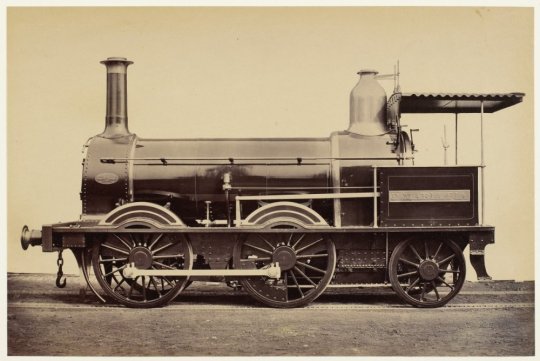
James Mudd, South Eastern of Portugal Railway, 1863.
«James Mudd was hired by the Beyer, Peacock Locomotive Works in Manchester to photograph the Dona Maria Pia engine for what may well be one of the first known advertising photographs. The intention was to impress viewers with cutting-edge technology, both in locomotive engineering and photographic processes. Although Mudd likely photographed the locomotive in the factory yard, he created a studio look by varnishing over the background on the negative. The glass negative and albumen silver print record the metallic sheen and detail of machinery with a precision and clarity that is fitting to the subject and seductive to the eye.»
© National Gallery of Canada
2 notes
·
View notes
Text
Extra! Extra! Chicago Steals From Their Neighbor! (Part Two)
Feeding a Growing City: How Northwest Indiana Helped Build Chicago.

Sandmining occurred all along the south shore, though it wasn’t always carted away. In 1905, at the southern most tip of Lake Michigan near the future City of Gary, Indiana, two unique ecosystems were used to destroy each other in the name of progress. A dune and swale topography, which is a series of sand ridges with wetlands in between them, were scraped and reshaped to create better lakefront access to construct a steel mill. The wet lands were drained and filled in with the sand mined from the sand ridges. Scraping the earth to even it out. A mile-long canal was dredged and the Grand Calumet River was rerouted a quarter mile to the south. Figure 5 shows the construction of the harbor.
Afterwards, the U.S. Steel Mill, The American Bridge Company plant and the Gary Sheet and Tin Mill were built on the location. During this time the Gary Land Company developed a city around the industry to house their workers. In just two years, this industrious city sprouted up like a weed and by 1920 had grown to become the country’s largest steel mill and in 1930, less than 25 years after it was created, the city had a population of over 100,000.
The clearing of the land was not the only toll that steel took on the environment. The process of making the coke to use in the steel production emitted air pollutants that were so abundant that they dusted the area and settlements near the coke plant. Coal was burned to heat the furnaces which released carbon particles, hydrocarbons, carbon monoxide, methane, and sulfur dioxide into the air as well. Liquid waste from the cooling process containing ammonia and phenol were also released into the environment, making their way to the Grand Calumet River and Lake Michigan.
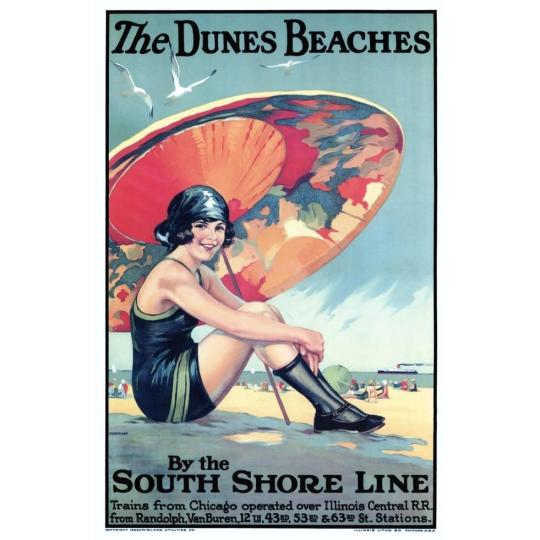
Since the start of the development of railroads in the 1850s, Chicago did nothing but take from the wilderness of the surrounding Calumet Region. This changed in the early 1900s, when the railroads started to bring a different kind of investor into the area, environmentalists. The South Shore Line, an interurban train connecting Northern Indiana to Chicago, was built in 1911. This provided Chicago residents with easy access to the forests and dunes along the shoreline. Figure 6 shows one of the South Shore’s posters which encouraged people to travel to the area’s beaches.
The ability to get lost in nature on the weekends but live and work in the city was a luxury enjoyed by both scientists and tourists, which led to the development of hiking clubs in the area. The expanding industry along the coast threatened this idyllic destination for Chicago tourist which prompted the start of the long journey to preserve the Indiana shoreline. The Prairie Club of Chicago was established in 1911 and worked to spread awareness about the Indiana Dunes. After years of effort from the Prairie Club and other local activists, the State of Indiana was convinced to make the Indiana Dunes State Park in 1926. The original goal of the Prairie Club had been to get between 9,000 to 13,000 acres of land designated as a National Park, however, this goal was out competed by the country’s need for steel during the first world war. This resulted in the creation of a state funded park instead, which only covered 2,000 acres of land.

In the 1950s, the areas naturalists were ready for another fight. The need for steel had allowed the steel mills to gobble up the landscape uncontrollably and plans to develop a deep-water port along the Indiana shoreline threatened to eliminate one of the largest remaining untouched dunes in the area. The Save the Dunes Council was founded in 1952, and began once again fighting for the establishment of a National Park. While both U.S. senators for Indiana were more interested in promoting the growth of industry along the lakeshore at the time, Illinois senator, Paul H. Douglas chose to take up the fight to save the dunes. After meeting with president Kennedy, a compromise was reached. Indiana got its deep-water port, under the conditions that it was placed between the existing steel mills, and the rest of the shore was designated a National Lakeshore which was established in 1966. Slowly, the park has grown and now covers over 15,000 acres, shown on Figure 7 below, and was redesignated a National Park in 2019.
Conclusion
The growth and industrialization of Chicago in the late 1800s and early 1900s resulted in the destruction of multiple ecosystems throughout Northwest Indiana due to the high demand for resources and the advancements in transportation technology that made it easier to get the resources to a market. The speed at which the wilderness was being degraded did not go unnoticed and since the establishment of the Indiana Dunes State and National Parks the area has not only been protected from further destruction but in some places has started to be restored to how it was before human interference.
While the Hoosier Slide is gone forever, scattered throughout the country in the form of little blue ball jars, its long-time neighbor, Mt. Baldy is now protected from that same fate. The old growth forest that Wicker logged and sold off to Chicago, and was later farmed, has been able to start regrow into a thick beech maple forest and makes up the heart of the National Park. Even with industries, like Gary Works, still blazing around them, the National Park and State Park are able to advocate for nature and prevent companies from taking advantage of the land. While the wilderness of Northwest Indiana continued to give to help grow the city of Chicago, once the city had grown it was able to give back some of what it took and protect what was remaining, and while it will never go back to what it once was, hopefully the wilderness of Northwest Indiana will continue down the road to recovery.
-Brittany
#history#random history#chicago history#nwi#indiana#steel#Industry#industrial history#INDU#Indiana Dunes#Indiana Dunes National Park
6 notes
·
View notes
Text
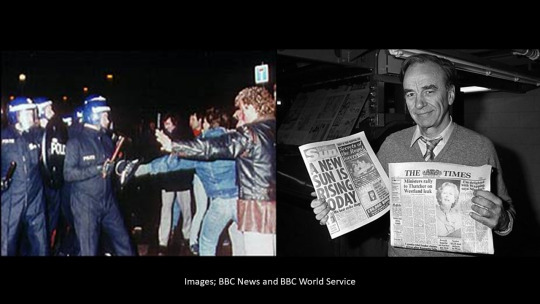
Within a year of the end of the Miners’ Strike, another major UK industrial action had dramatic implications for an entire industry’s workforce. This time the disruption involved printers working for Rupert Murdoch’s News International, at that time publisher of The Times, Sun and News of the World.
On February 15th, 1986, BBC News reported;
“…Eight police officers have been injured and 58 people arrested in the worst outbreak of violence yet outside the News International printing plant in Wapping, east London…Police estimated 5,000 demonstrators gathered near the printing works for a mass demonstration…Similar mass protests have taken place regularly outside the Wapping plant ever since the start of a strike three weeks ago over new working conditions and the move from Fleet Street to cheaper premises in East London…”
New computer-based production technologies meant that a significantly reduced workforce would be required to operate the new plant. News International management had secretly secured the cooperation of the EETPU (electricians’ union) and created a parallel workforce. Around 6 000 Fleet Street printworkers were summarily dismissed immediately upon striking, and production began at the new plant with virtually no delay.
Rupert Murdoch said of his dealings with the print unions;
“…For 17 years there, I lay down and had these people run over me. Day after day, week after week, month after month, with bad, idle wasteful practices in all our plants…”
In response to a reporter’s question he denied that he was out to break the printers’ unions, but to preserve his newspapers ‘for the people that do work for them’.
The General Secretary of SOGAT 82 (Society of Graphical and Allied Trades), Brenda (later Baroness) Dean (1943-2018), described the behavior of Murdoch and his company as a ‘conspiracy of deceit’ over secretly recruiting strike-breaking labour while negotiations between her union and News International management were ongoing. Having discussed with police plans for orderly and peaceful picketing, she blamed extreme left and right agitators, a destructive minority ‘rent-a-mob’, for the picket line violence that ensued.
A senior Metropolitan Police officer concurred;
“..We saw the classic example of honest well-intentioned union members supporting their cause being joined by diverse elements whose only interest was in causing as much trouble as possible…”
News International did not lose a single night of production during the thirteen months of industrial action, which resulted in over 1200 arrests and 410 police officers being injured. With echoes of the Miners' Strike, police were accused of aggressive and heavy handed tactics against picketers and also local residents, many of whom were sympathetic to the strikers.
The strike ended in defeat for the unions, and by 1988 all the major national newspapers had moved their printing operations away from Fleet Street with labour saving technology.
#rupert murdoch#media#newspapers#printing#social history#working class history#thatcherism#news of the world#trade unions#strike#industrial history#fleet street#wapping
20 notes
·
View notes
Text
Who wants me to report live from CENTRALIA, PA 17921 tomorrow?
6 notes
·
View notes